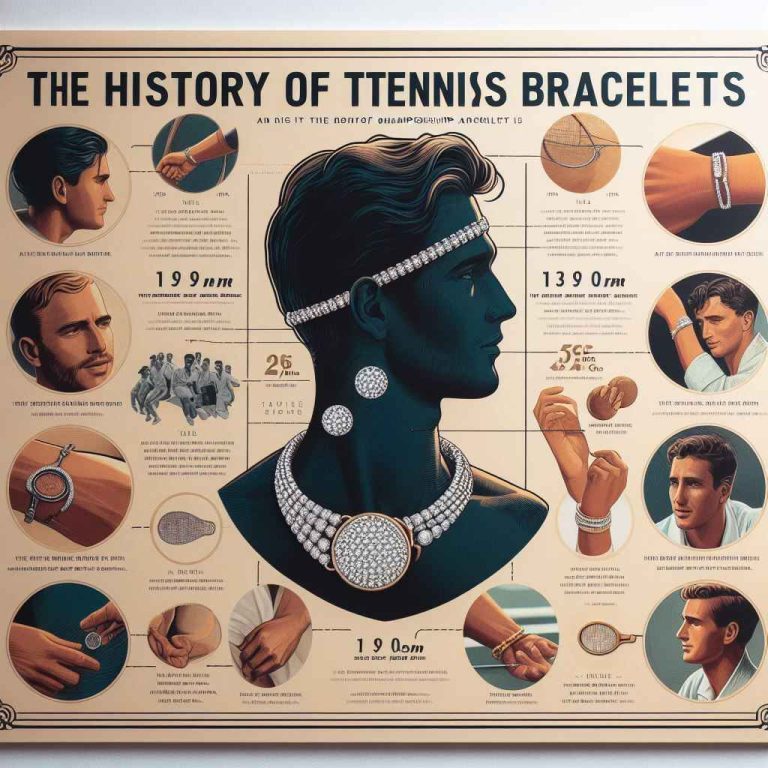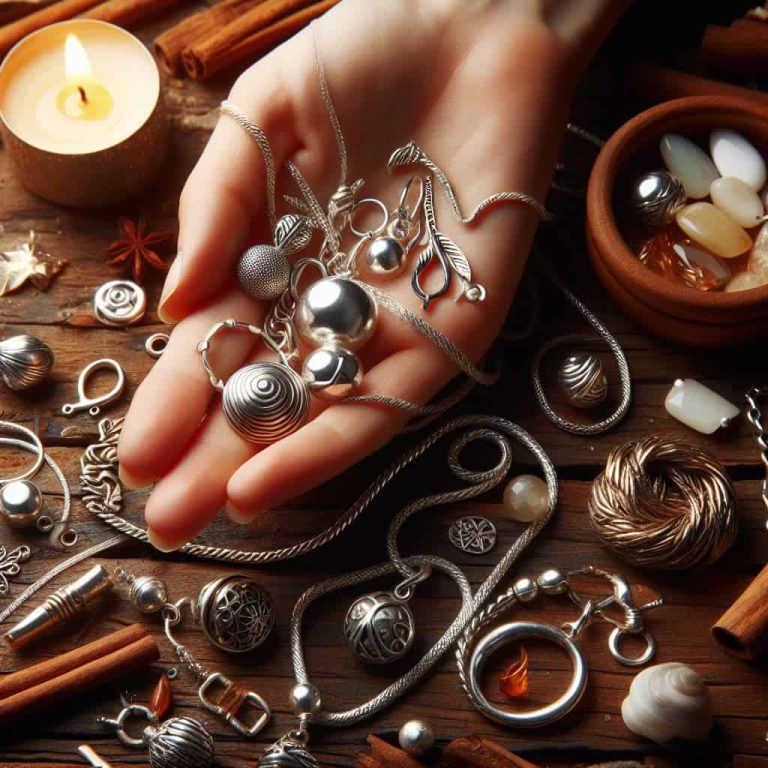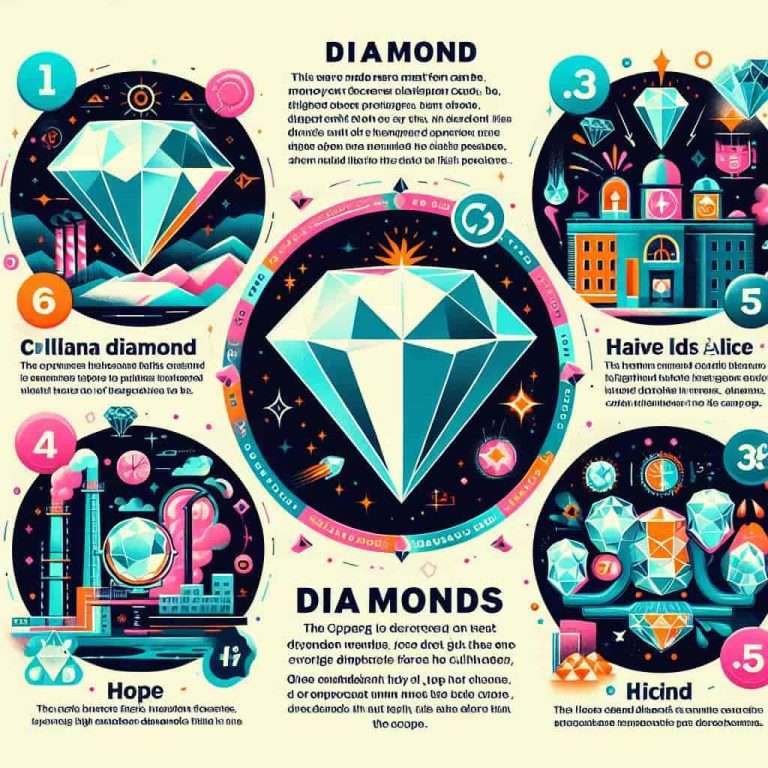Does Stainless Steel Tarnish or Rust? A Complete Guide

Does Stainless Steel Jewelry Rust or Tarnish?

Tarnish is a thin film of corrosion found on metal.
Tarnish can be seen on your jewelry as a dark discolouration causing jewelry to lose its shine and appear brassy or old.
In some severe cases of tarnishing, your jewelry may look like it has “rusted”, which is actually the incorrect term.
Some people use tarnish and rust interchangeably to mean the same thing.
But they are different.
Tarnish is seen on metals like copper, brass and silver, to name a few.
The silver lining to tarnish is that it is 100% reversible.
By storing your jewelry safely in an optimal environment and caring for them properly, you can minimize the effects of tarnish.
On the other hand, rust (also known as iron oxide) is seen on iron and steel (an alloy of iron).
Unfortunately, once something is rusted, it cannot be reversed, although there are ways to stop any more rusting from happening.
Stainless steel does not ionize easily because this material does not rust easily.
So, why doesn’t it rust easily?
Reasons Why Stainless Steel Jewelry Doesn’t Rust
Stainless steel materials have a protective barrier called chromium.
Chromium protects from oxidation and therefore prevents from rusting.
With that being said, know that nothing is absolute.
When exposed to the elements, like oxygen, water and moisture, for prolonged periods, tarnishing can occur.
AIR
Sulphur is naturally-occurring in the air.
Your jewelry goes through a process called oxidization when it reacts to oxygen and sulphur.
Even when stored away in a jewelry box, your pieces may still tarnish. This is because it is still in contact with oxygen.
Storing your jewelry away in a storage box or a jewelry organizer will still cause tarnishing to occur, but it will be at a much slower rate than if you had it sitting on your desk.
WATER AND MOISTURE
Limited exposure to water for cleaning purposes, followed by immediate drying with a cloth is actually recommended for your sterling silver jewelry.
CHEMICALS
Harsh cleaning agents and pH from creams and hair products can cause a reaction to your jewelry. Even the pH from your sweat can increase the effects of tarnishing.
The delicacy of your sterling silver or plated jewelry means you should remove your jewelry before vigorous exercise and showering or swimming.
We also recommend removing your jewelry when you’re sleeping. You increase your chances of damaging and breaking your jewelry from snagging on your sheets or hair.
So, Why Does Rust Still Occur on My Stainless Steel Jewelry?

While other metals have the potential to rust, stainless steel is protected by chromium.
A piece of good quality stainless steel will have at least 10% chromium content.
This is sufficient to provide adequate protection to the stainless steel.
When exposed to certain harsh environmental contaminants, such as seawater, the layer of chromium can get damaged and may no longer have the protective property it once did.
Types of Stainless Steel Corrosions
CREVICE CORROSION
Crevice corrosion occurs in cracks and fissures of the jewelry beneath the surface attack.
It is a type of contained corrosion that occurs in a narrowed area.
GALVANIC CORROSION
Galvanic corrosion takes place when another metal causes stainless steel to corrode.
INTER-GRANULAR CORROSION
This type of corrosion can occur in metals other than stainless steel.
For this type of corrosion, the outside of this metal is more vulnerable than its inside.
PITTING CORROSION
Pitting corrosion is another type of localized corrosion.
In severe cases of pitting corrosion, small holes can form.
Does Gold Plated or Rose Gold Plated Stainless Steel Jewelry Tarnish?

Any type of jewelry that isn’t made of 100% pure gold (24K) can tarnish.
The most widely-used gold alloy is between 9K and 18K, rather than pure 24K gold.
It is generally the other metals mixed into the gold composition that reacts with the elements, like oxygen and water, to cause tarnish.
There is no such thing as “pure rose gold”, that is because to get its pink colour, rose gold contains copper in its alloy mix.
This means that both fine gold jewelry made up of 10K, 14K, or even 18K may tarnish.
Types of Stainless Steel
There are 4 classes of steel, which are identified by the other metals they are alloyed with.
Depending on their purpose and function, varying proportions of different materials are added to make up the stainless steel.
MARTENSITIC STAINLESS STEEL
This type of stainless steel features a nickel-free alloy that is magnetic and strong.
It is resistant to corrosion and can be heat-treated for additional strength.
Example:
Type 420: This type of stainless steel has increased carbon which gives it an improved technical property. Surgical instruments are often made from this type of stainless steel.
AUSTENITIC STAINLESS STEEL
This type of stainless steel is the most commonly used of the 5 different types.
Its characteristic is high chromium and nickel content.
FERRITIC STAINLESS STEEL
Ferritic stainless steel is magnetic and is extremely resistant to corrosion.
It is more corrosion-resistant than martensitic stainless steel, but are inferior to austenitic stainless steel.
DUPLEX STAINLESS STEEL
A mix between ferritic and austenitic stainless steel.
Pros and Cons of Stainless Steel

PROS OF STAINLESS STEEL
DURABLE
The hard metal of stainless steel is extremely durable meaning it can easily withstand daily usage. It resists scratches like no other metal.
EASY TO CLEAN
Unlike other metals, stainless steel is very easy to care for as it does not rust or tarnish easily.
Clean with a wet cloth or soapy water for that extra little bit of shine.
AFFORDABLE
Stainless steel is a high quality and economical metal compared to precious metals like gold or silver.
CONS OF STAINLESS STEEL
DIFFICULT TO SET STONES
The rigidity of the metal can make it difficult to set stones and other embellishments on it.
Is It Okay to Get Stainless Steel Jewelry Wet?

Before we get into the details, the bottom line is that accessories, whether stainless steel or diamonds, should not be exposed to water for extended periods.
Can You Shower With Stainless Steel Jewelry?
A quick shower should not pose any detrimental effects on your stainless steel jewelry piece.
However, when you take a shower or a bath, the skin softens.
The softening of the skin in the bath is more vulnerable than usual.
If the jewelry you are wearing features sharp or pointy embellishments, you’re more likely to injure yourself and damage your skin when you wear the pieces in the bath or shower.
CAN YOU WEAR STAINLESS STEEL JEWELRY IN THE POOL?
Water, by itself, is not what causes tarnishing in your jewelry, but it is the chemicals found in the water.
Chlorine found in pools and hot tubs can accelerate the rate of tarnishing.
CAN YOU SWIM IN THE OCEAN WITH STAINLESS STEEL JEWELRY?
It is strongly advised that you remove any types of jewelry before swimming in the ocean.
Salt content in seawater is very damaging to jewelry.
Think about this, even trace amounts of water in the air will cause tarnishing to occur.
You may want to rethink storing your jewelry on a stand unprotected in your bathroom beside the sink.
How to Care for Stainless Steel Jewelry
Here are some simple ways to clean and came for your stainless steel jewelry.
#1 SOAK IN WARM SOAPY WATER
A super simple DIY solution consists only of warm water with mild dish soap.
Combine the two components together until foamy.
Let your jewelry soak in this mixture for up to 30 minutes.
After 30 minutes, remove the piece by soaking it in a second tub of clean water for a few minutes to rinse.
#2 DIY VINEGAR SOLUTION
If the warm soapy water solution did not completely clean up your piece, try out this DIY vinegar solution, but only if there are no stones or other embellishments:
Ingredients:
- 500mL water
- 1 tbsp baking soda
- 1 tbsp white vinegar
Directions:
- Wrap the inside of a small bowl with aluminum with the shiny side facing up.
- Combine the ingredients together and wait for it to dissolve.
- Place your jewelry into the bowl, fully immersing it into the solution.
- Depending on the amount of tarnish, leave the jewelry into the solution for about 5 to 10 minutes.
- Remove your jewelry from the solution, rinse, and pat dry.
#3 ULTRASONIC CLEANER
This is a great option for people with a large jewelry collection or hobbyists.
This little machine is the size of a small pot and can fit many things other than jewelry, such as watch straps.
The gentle but powerful pulsing waves will remove both tarnish and dirt, which is great for preventing hard-to-remove build-ups.






